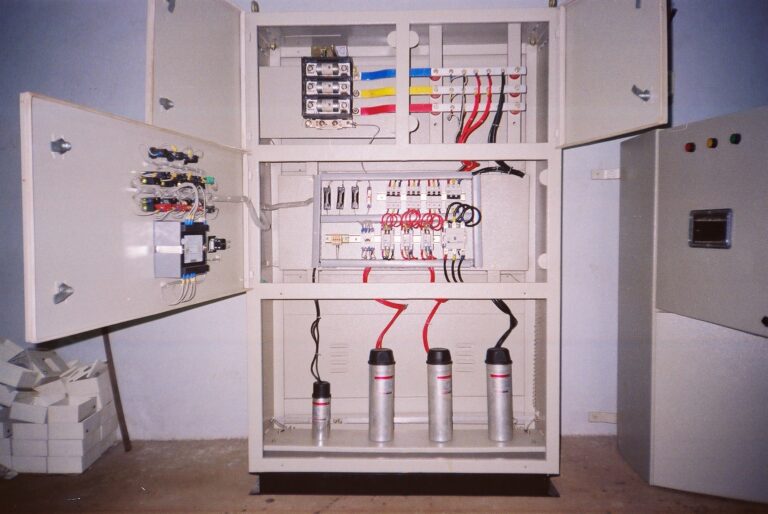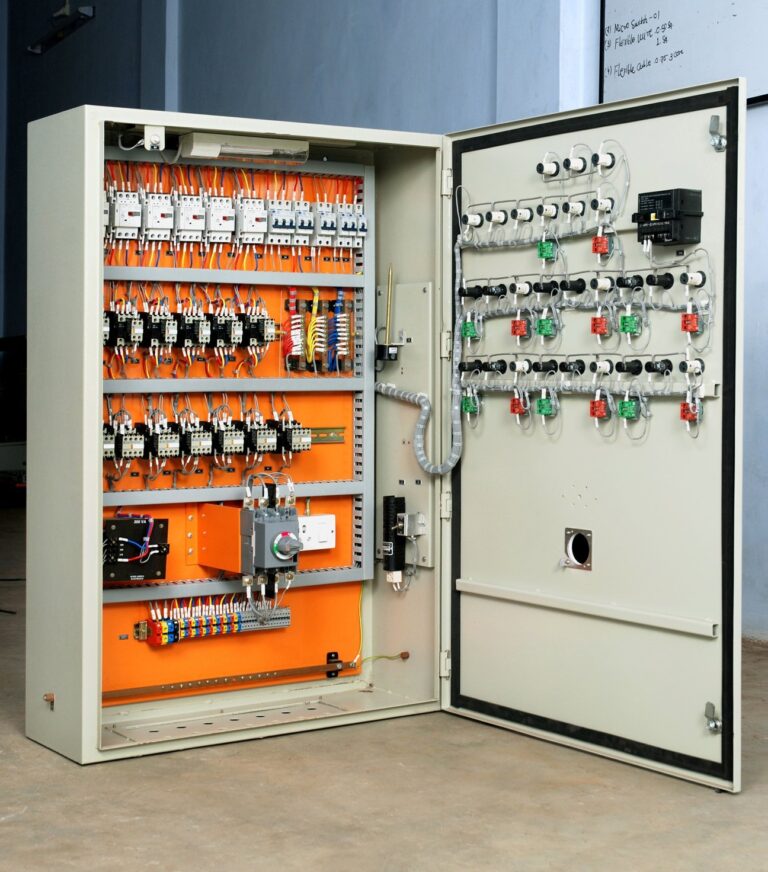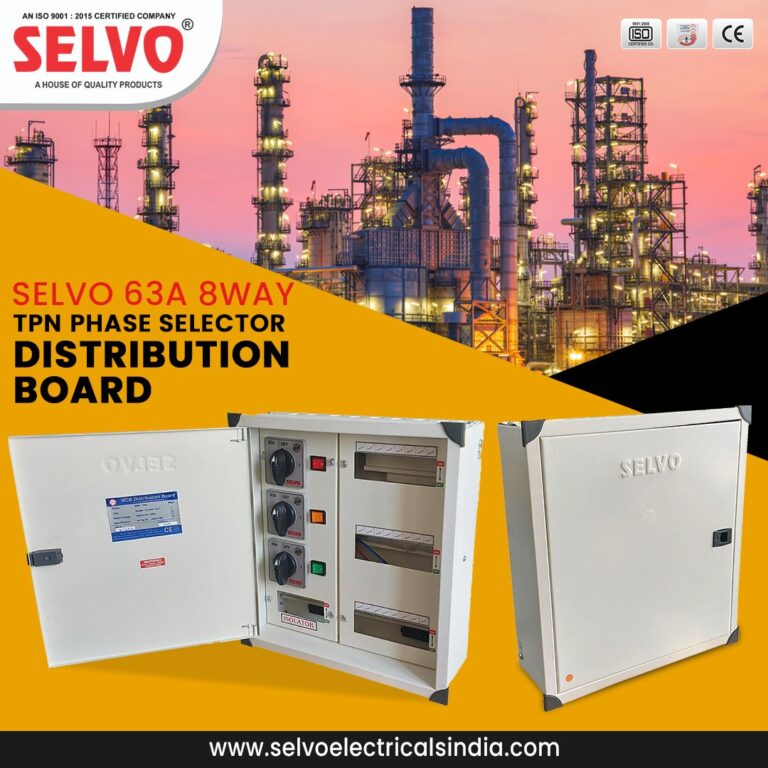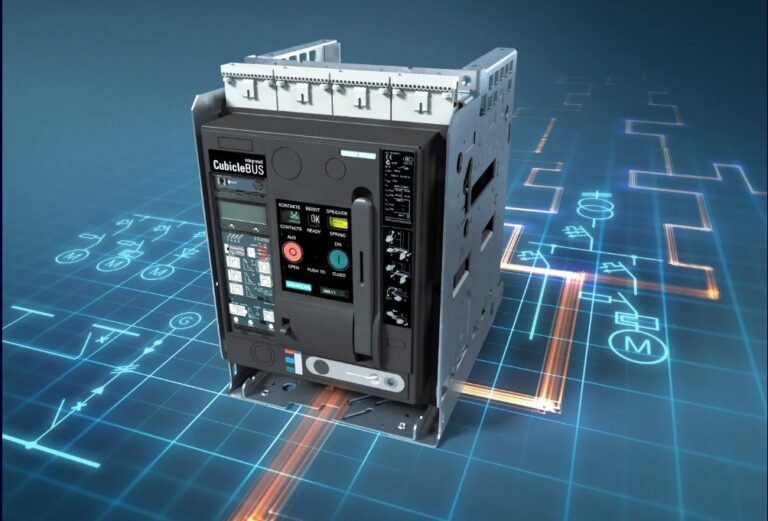Single Phase vs. Three Phase Power : Impacts of these 2 on Electrical Performance
When discussing electrical systems, one of the most fundamental distinctions is between single-phase and three-phase power. Each system has its own unique characteristics, advantages, and disadvantages, making them suitable for different applications. Understanding these differences is crucial for both residential and industrial settings.
1. Basic Definitions
1-ϕ Power: This type of power supply consists of a single alternating current (AC) waveform. It is typically used in residential homes and small commercial establishments where the power demand is relatively low.
3-ϕ Power: This system uses three separate AC waveforms, each offset by 120 degrees. It is commonly employed in industrial and large commercial applications where higher power demands exist.
Single-Phase Systems
Characteristics:
- Waveform: Consists of a single sinusoidal waveform.
- Voltage: Typically operates at 120V or 240V in residential settings.
- Current: Current flows through a single conductor.
Applications:
- Residential Use: Common in homes for lighting, heating, and powering small appliances.
- Small Motors: Used in fans, refrigerators, and small air conditioners.
Advantages:
- Simplicity: Easier to install and maintain due to fewer components.
- Cost-Effective: Generally cheaper infrastructure and equipment.
Considerations:
- Power Limitations: Not suitable for high-power applications; can lead to voltage drops with long runs.
- Starting Torque: Lower starting torque for motors, which may require additional starting methods (like capacitors).
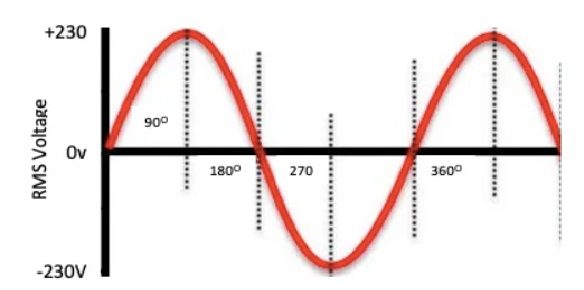
Three-Phase Systems
Characteristics:
- Waveform: Comprises three sinusoidal waveforms, each 120 degrees apart.
- Voltage: Common voltages are 208V, 400V, or 480V.
- Current: Uses three conductors for power delivery.
Applications:
- Industrial Use: Powers large machinery, heavy equipment, and motors in factories.
- Commercial Buildings: Provides power for HVAC systems, elevators, and large lighting systems.
Advantages:
- Higher Efficiency: More power can be delivered with less current, leading to reduced energy losses.
- Consistent Power Delivery: Offers a continuous power flow, which is essential for motors and heavy equipment.
- Smaller Conductors: Requires smaller wires for the same power output compared to single-phase.
Considerations:
- Complexity: More complex installation and maintenance due to additional phases and connections.
- Cost: Initial setup can be more expensive, although long-term operational costs may be lower.
.
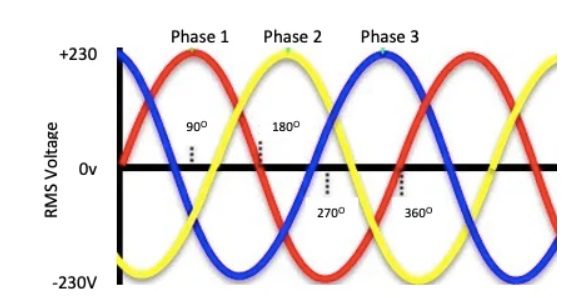
The major fact which differentiate 1-ϕ from 3-ϕ is that 3-ph power supply is better accomodate to higher loads . A 3-ph power supply can transmit three times as much power as single phase power supply while only needing one additional wire . Thus, 3-ϕ power supplies, whether they have three wires or four, use less conductor material to transmit a set amount of electrical power than do 1-ϕ power supplies.
The two most common configurations of 3-ϕ systems are known as wye and delta. A delta configuration has only three wires, while a wye configuration may have a fourth, neutral, wire.
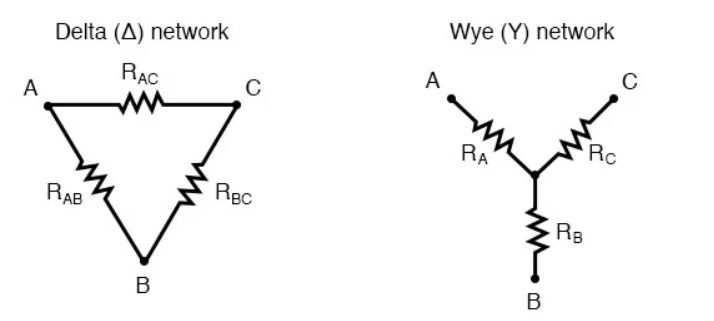
Wye (Y) and Delta (Δ) configurations are two methods of connecting electrical components, particularly in three-phase systems.
In a Wye configuration, each phase is connected to a common neutral point, resulting in lower phase voltages. This allows for easier voltage regulation and provides a return path for current.
In a Delta configuration, the phases are interconnected in a triangular shape, allowing higher phase voltages and currents, making it suitable for heavy loads.
Wye is often used for distribution, while Delta is preferred for transmission. Each configuration has its advantages in terms of efficiency, stability, and application suitability.
CONCLUSION
In conclusion, the choice between 1-ϕ and 3-ϕ power significantly impacts electrical performance in various applications. 1-ϕ power is simpler and typically used in residential settings, providing adequate performance for smaller loads but facing limitations in efficiency and power delivery. Conversely, 3-ϕ power, with its balanced load distribution and higher capacity, is ideal for industrial and commercial settings, enabling smoother operation of motors and reducing losses. The increased efficiency, power stability, and capability to handle larger loads make 3-ϕ systems the preferred choice for demanding applications. Ultimately, understanding these differences is crucial for optimizing energy use and system design.



